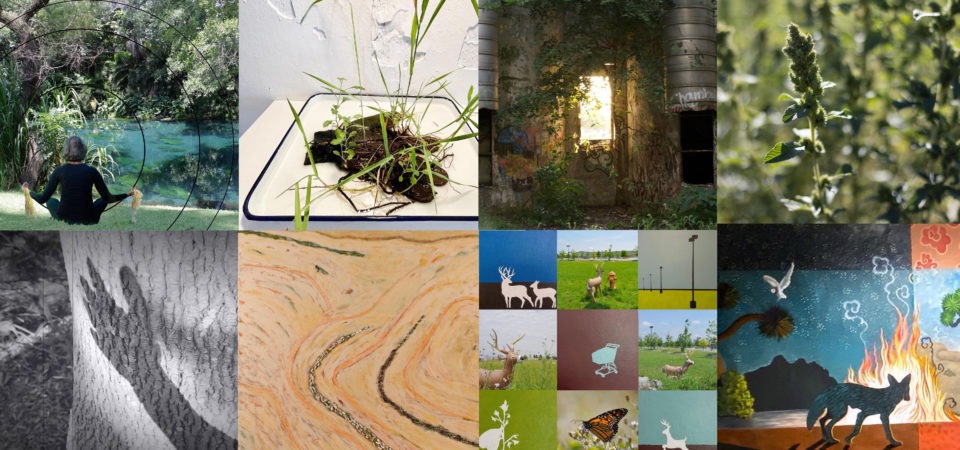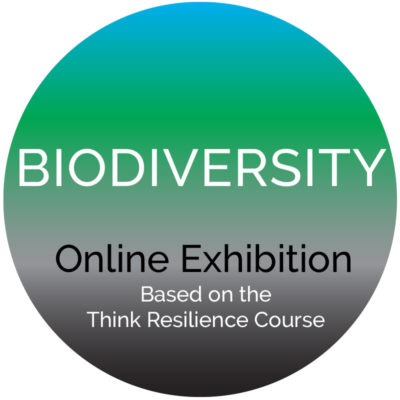 “Most people are accustomed to thinking of the world only as it relates to human wishes and needs. After all, the vast majority of our attention is taken up with politics, the economy, family, entertainment—human interests. It’s become all too easy to forget that nature even exists—as our communities have grown more and more urbanized, and the processes of growing food, making clothes and buildings, and producing energy are handled in large industrial operations far from view. There are millions of kids in North America who’ve never seen the stars at night, visited a national park, or picked a wild blackberry. […]” Richard Heinberg
“Most people are accustomed to thinking of the world only as it relates to human wishes and needs. After all, the vast majority of our attention is taken up with politics, the economy, family, entertainment—human interests. It’s become all too easy to forget that nature even exists—as our communities have grown more and more urbanized, and the processes of growing food, making clothes and buildings, and producing energy are handled in large industrial operations far from view. There are millions of kids in North America who’ve never seen the stars at night, visited a national park, or picked a wild blackberry. […]” Richard Heinberg
The Biodiversity art call is based on Think Resilience, the Post Carbon Institute’s free online course. To respond to the art call, we asked the artists to signup and to watch the course, one lesson at a time:
Lesson 1: Introduction
Chapter One – Our Converging Crisis
– Lesson 2: Energy
– Lesson 3: Population and Consumption
– Lesson 4: Depletion (Resources depletion)
– Lesson5: Pollution
Chapter two – The Roots and Results of Our Crises
We explore the role of human behavior in our sustainability crises, and dig deeper into where those crises are taking us:
– Lesson 6- Political & Economic Management (Social Structure)
– Lesson 7- Belief Systems
– Lesson 8 – Biodiversity
Each video is approximately 12 minutes long.
Think Resilience is hosted by Richard Heinberg, one of the world’s leading experts on the urgency and challenges of moving society away from fossil fuels.
We live in a time of tremendous political, environmental, and economic upheaval. What should we do? Think Resilience is an online course offered by Post Carbon Institute to help you get started on doing something. It features twenty-two video lectures—about four hours total—by Richard Heinberg, one of the world’s foremost experts on the urgency and challenges of transitioning society away from fossil fuels. Think Resilience is rooted in Post Carbon Institute’s years of work in energy literacy and community resilience. It packs a lot of information into four hours, and by the end of the course you’ll have a good start on two important skills:
1. How to make sense of the complex challenges society now faces. What are the underlying, systemic forces at play? What brought us to this place? Acting without this understanding is like putting a bandage on a life-threatening injury.
2. How to build community resilience. While we must also act in our individual lives and as national and global citizens, building the resilience of our communities is an essential response to the 21st century’s multiple sustainability crises.
Featured Artists:
Kirsten Aaboe, Marianne Bickett, Pascal Ken, Tessa Grundon, Michele Guieu, Rosemary Hall, Petra Jelinek, Rosalind Lowry, Sarah Stone, Amy Landesberg, Ana Martinez Orizondo, Marcela Villasenor.
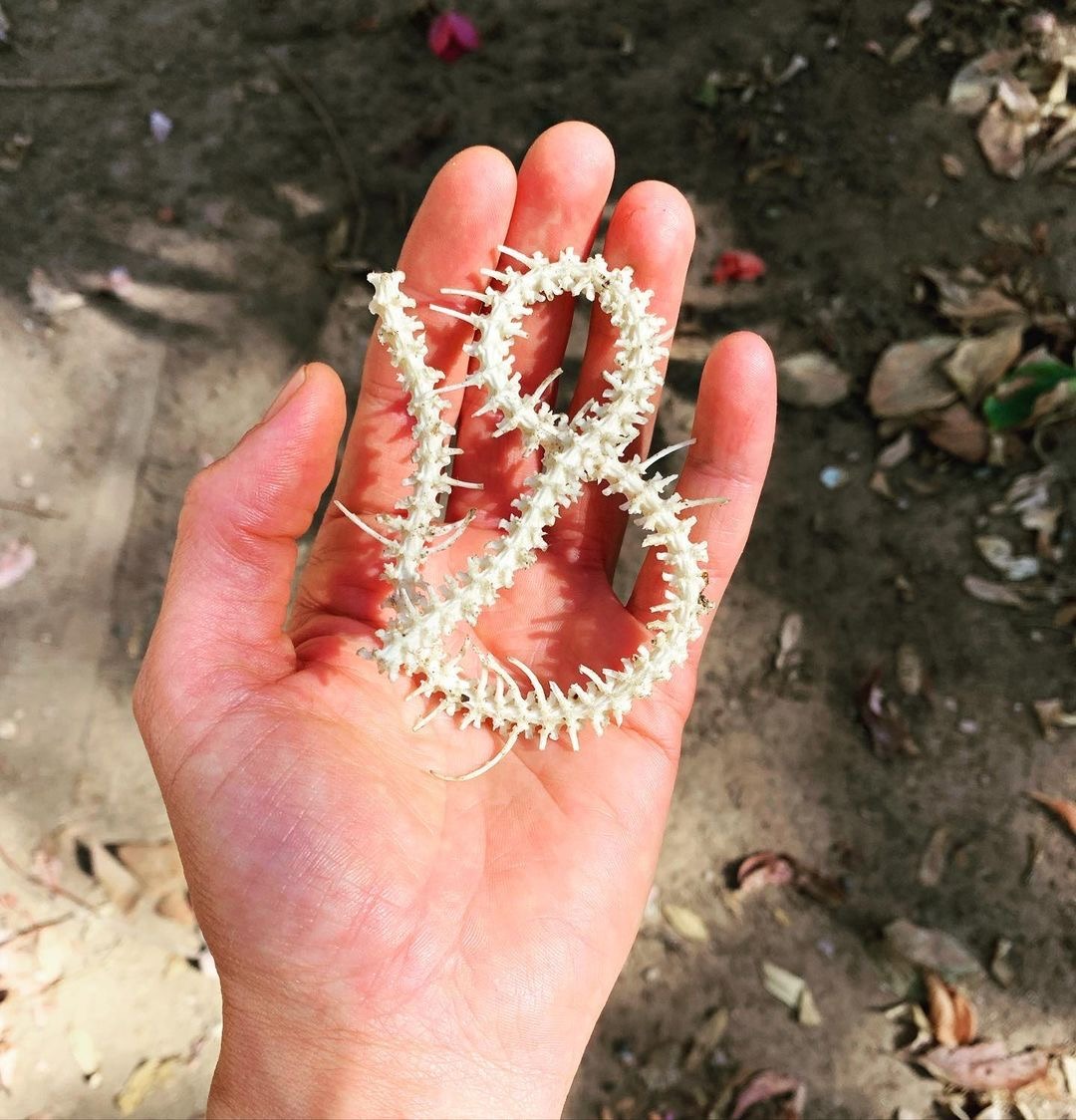
Rosemary Hall
Instagram @rosemaryhhall
Yes &
ID: photograph of a hand holding a snake skeleton in the shape of an ampersand.
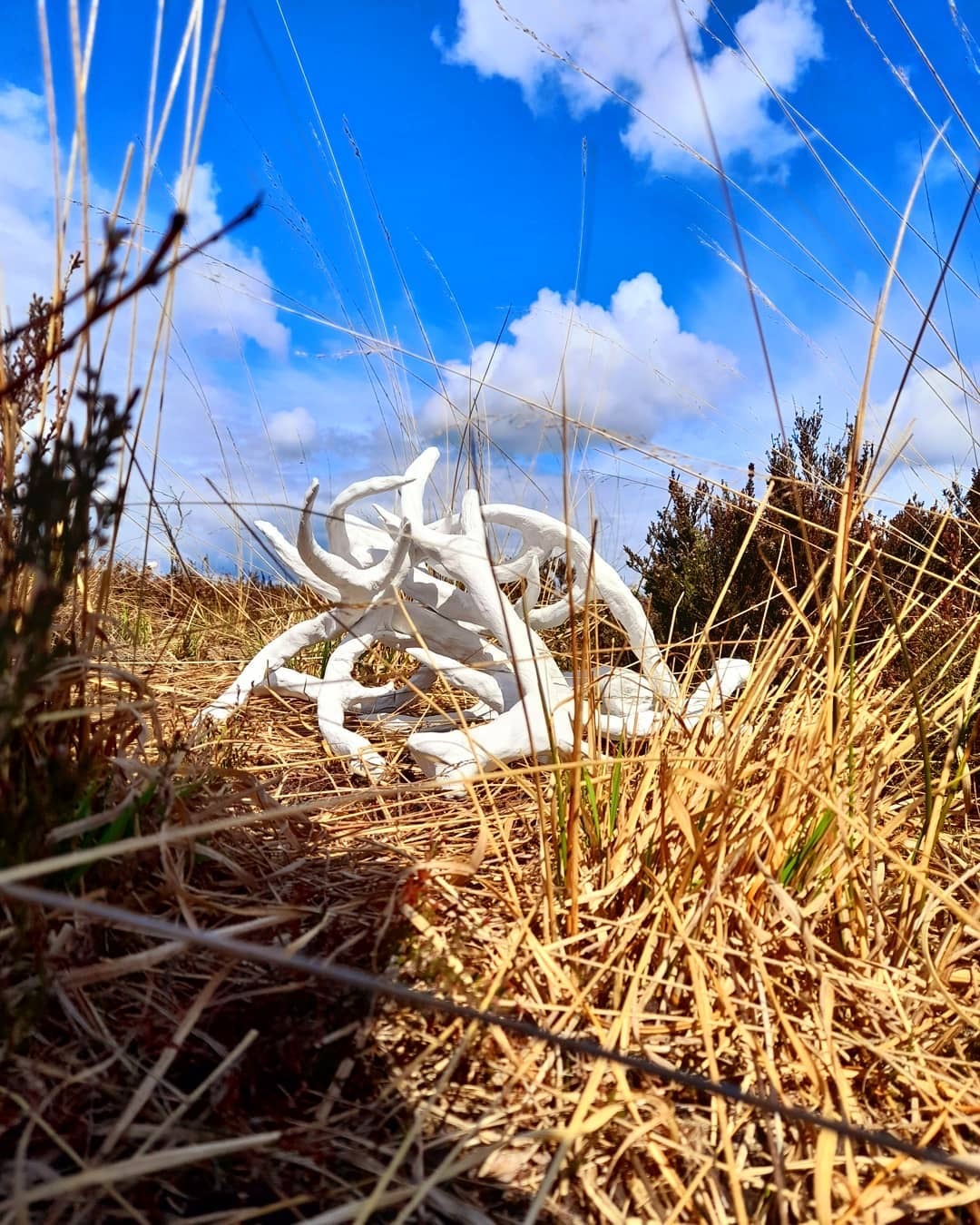
Rosalind Lowry
Instagram @rosalindlowry
Reindeer Lichen installation
2021, Derrytresk Bog, County Tyrone
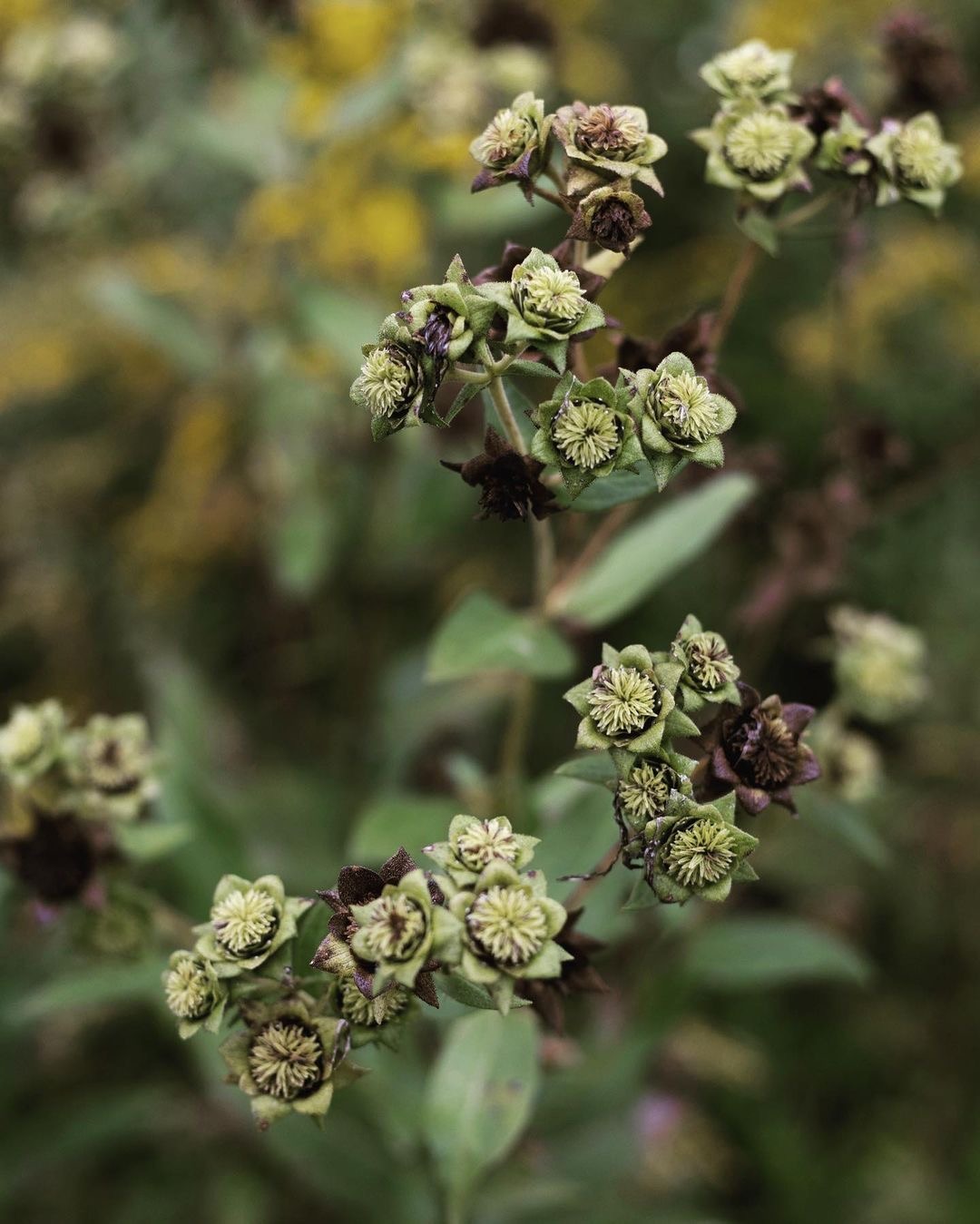
Petra Jelinek (Central illinois, US)
Instagram @pet_jelinek
Beauty in Abscission
Photography, 2021.
Petra Jelinek (Central illinois, US)
Instagram @pet_jelinek
Abandoned spaces, regeneration.
Photography, 2021.
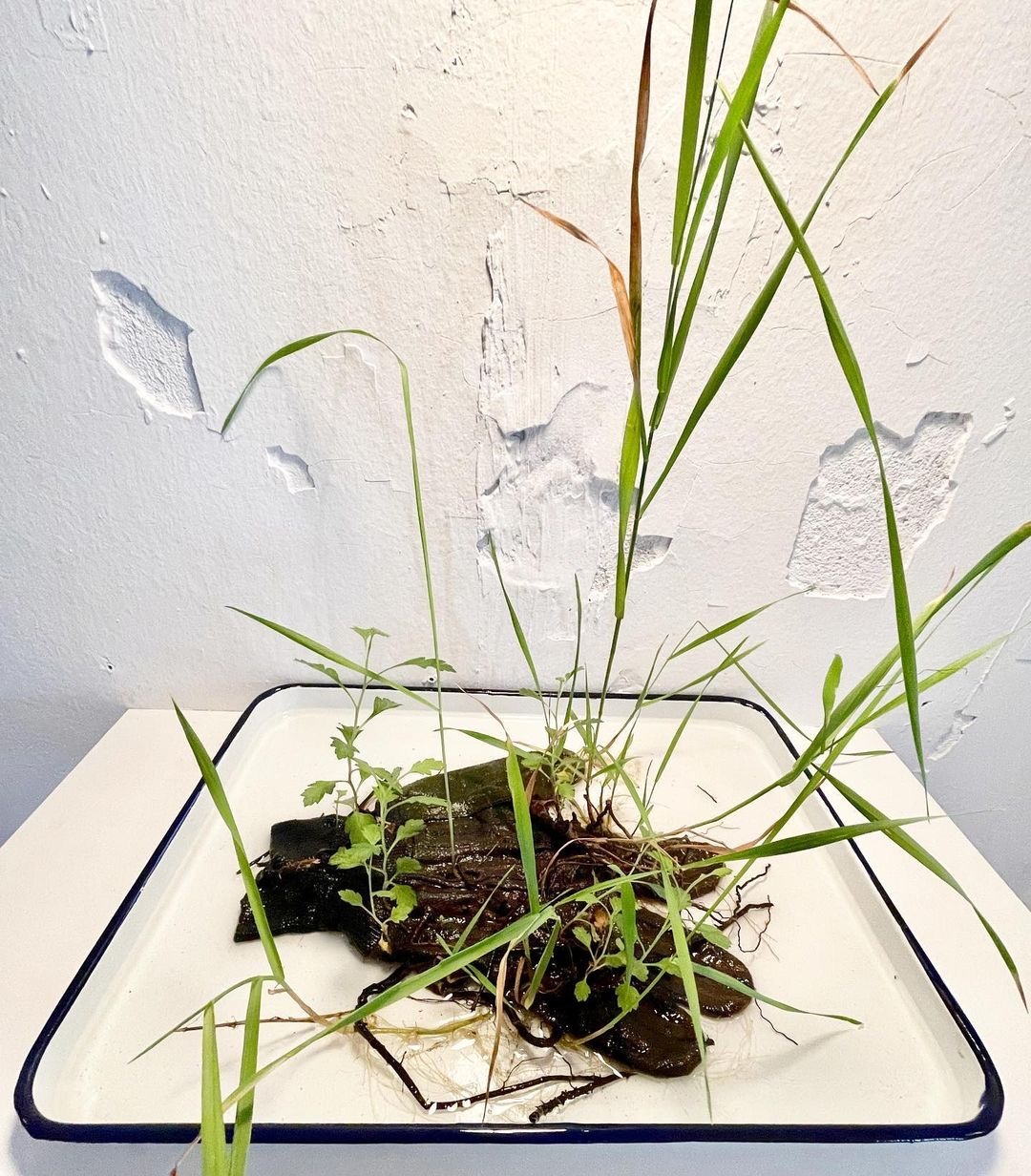
Tessa Grundon (Governors Island, NYC, NY, US)
Instagram: @tessa.grundon
Postscript
2021
Found workglove, mugwort and grasses from root systems growing through glove, water, specimen tray.
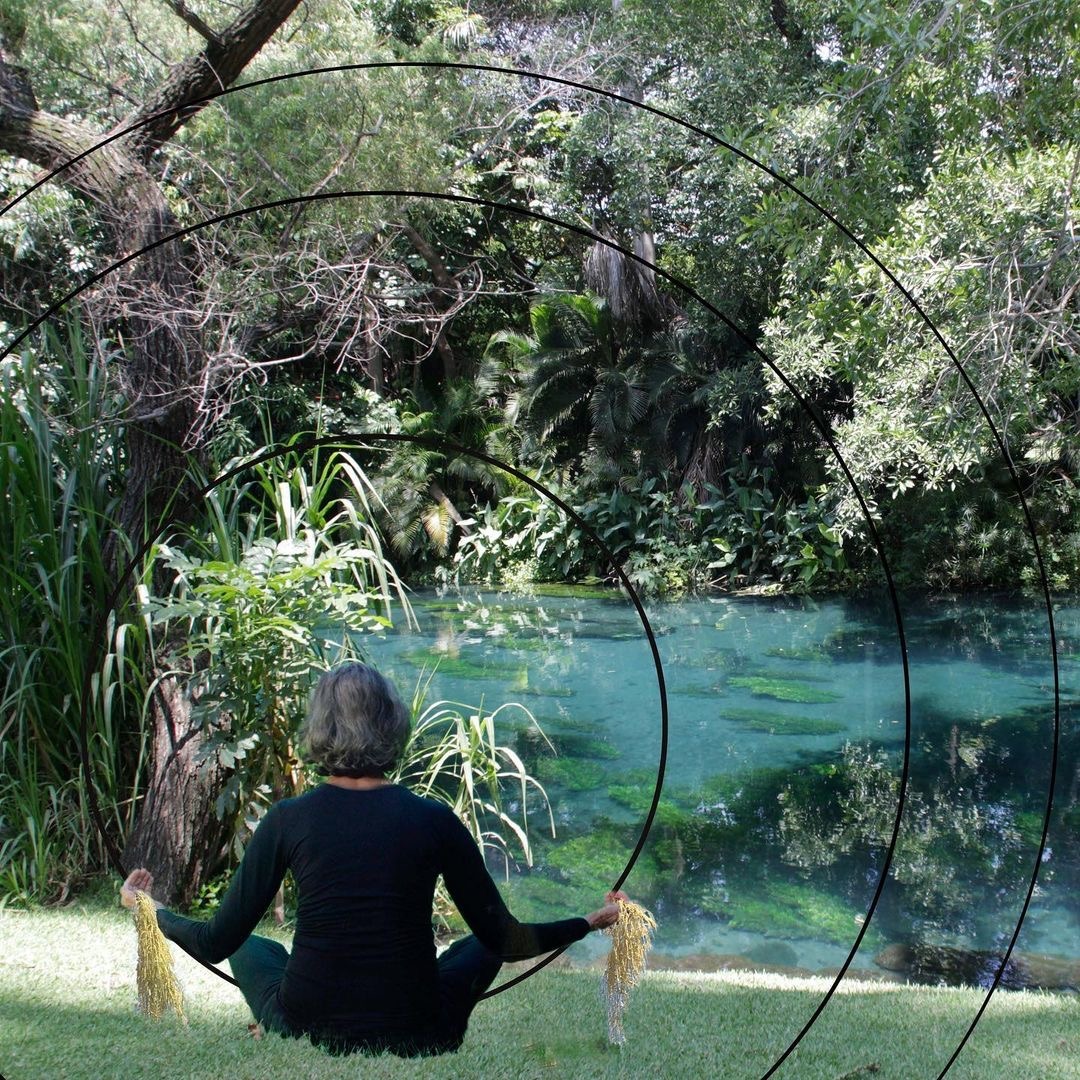
Marcela Villaseñor (California, US)
Instagram: @mvillasenor
“la Naturaleza es nuestra Religión”
“Nature is our Religion”
Digital photography, 2021

Pamela Tudor (Philadelphia, Pennsylvania, US)
Instagram: @pntudor10
Sad Story
24×48, acrylic and sand on canvas.
Shrinking Biodiversity thru deforestation is wreaking havoc on plant and animal species.
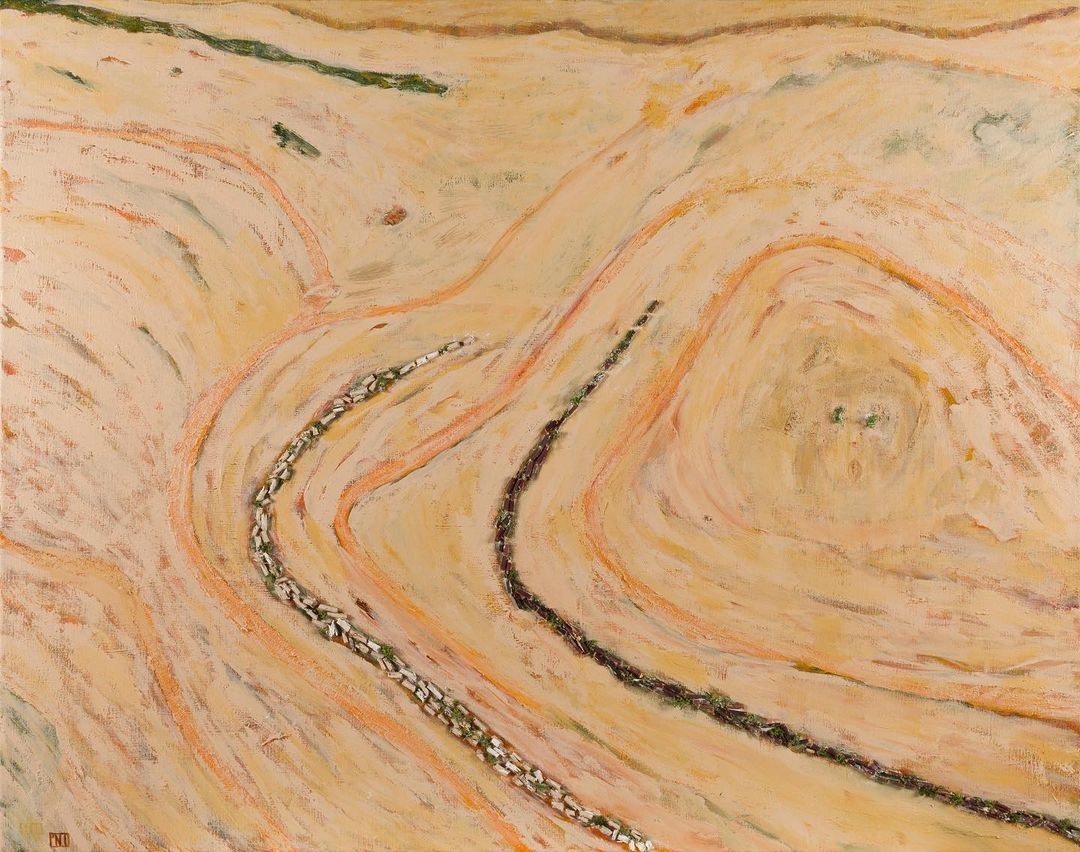
Pamela Tudor (Philadelphia, Pennsylvania, US)
Instagram: @pntudor10
Parched
36×46, mixed media on canvas.
Deforestation turns wildland supporting plant and animal biodiversity onto plowed monoculture land. Not good for humans and other living beings!
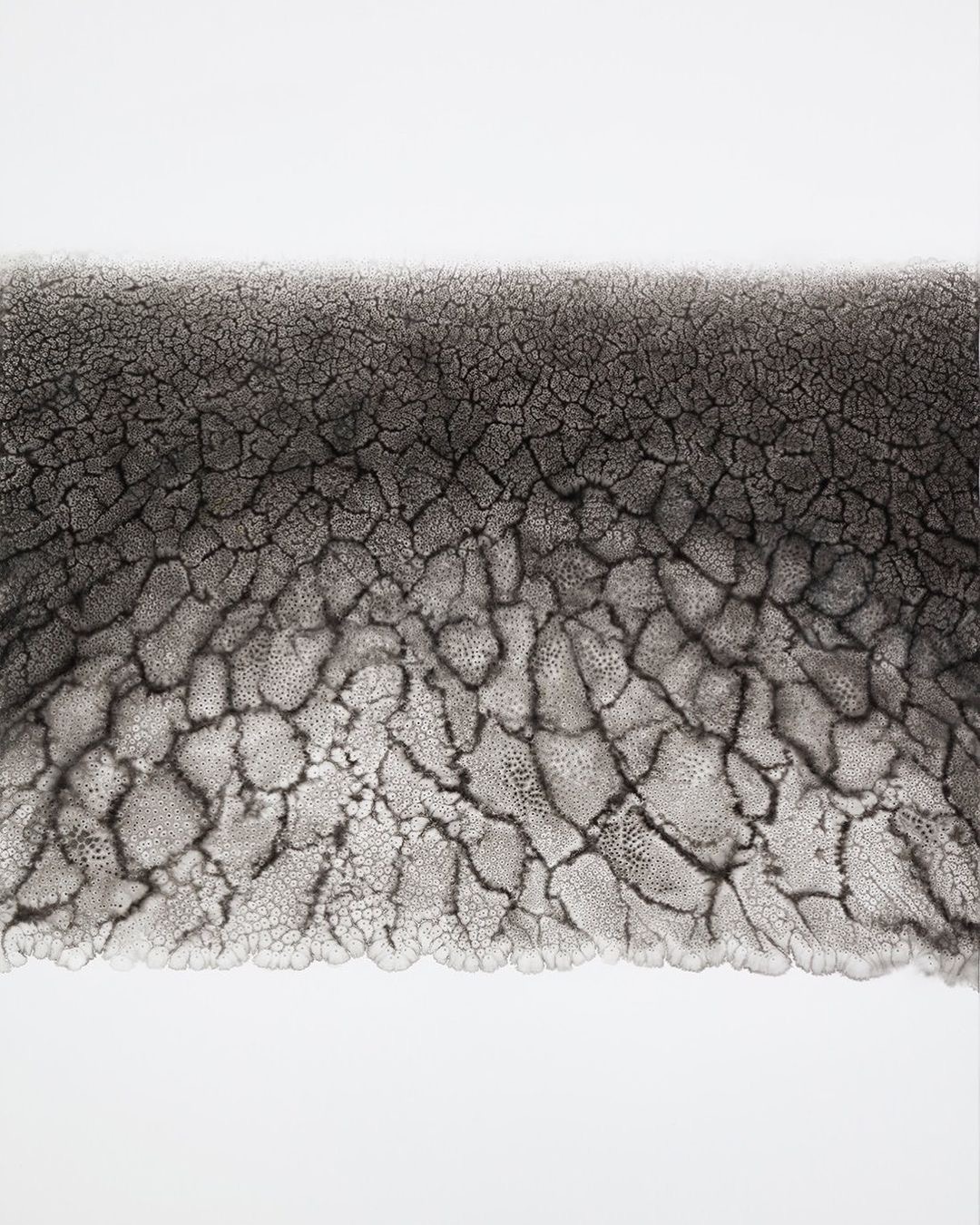
Amy Landesberg (Atlanta, Georgia, US)
Instagram @amylandesberg
Drought
42×55”
ink on embossed paper
Ana Martinez Orizondo (Shelter Island, New York, US)
Instagram: @amoexpression
Visual poem
Video.
Ana Martinez Orizondo (Shelter Island, New York, US)
Instagram: @amoexpression
Can you feel me?
Video. Part of my tree stories series, a short visual poem
My tree stories (whether a pastel drawing, photo, or video) begin by being present during meditative walks in nature. Whether in an urban setting like Central Park, NYC, or the Mashomack Preserve in Shelter Island, NY, my senses become hyper-aware around trees. My spirit attunes to specific trees, stumps, branches, trunks, and the stories they have to tell.
These visual stories reference animism, deep ecology, and the mystical power of trees and everything around them. Whether a stone, stick, fungi, leaves, or grass, its complete composition makes up a unified, sacred space of transcendence and transformation. I am most intrigued by severed trees and their broken openness, for it is in that state that I can see into their soul. A soul in a continuum to its next form.
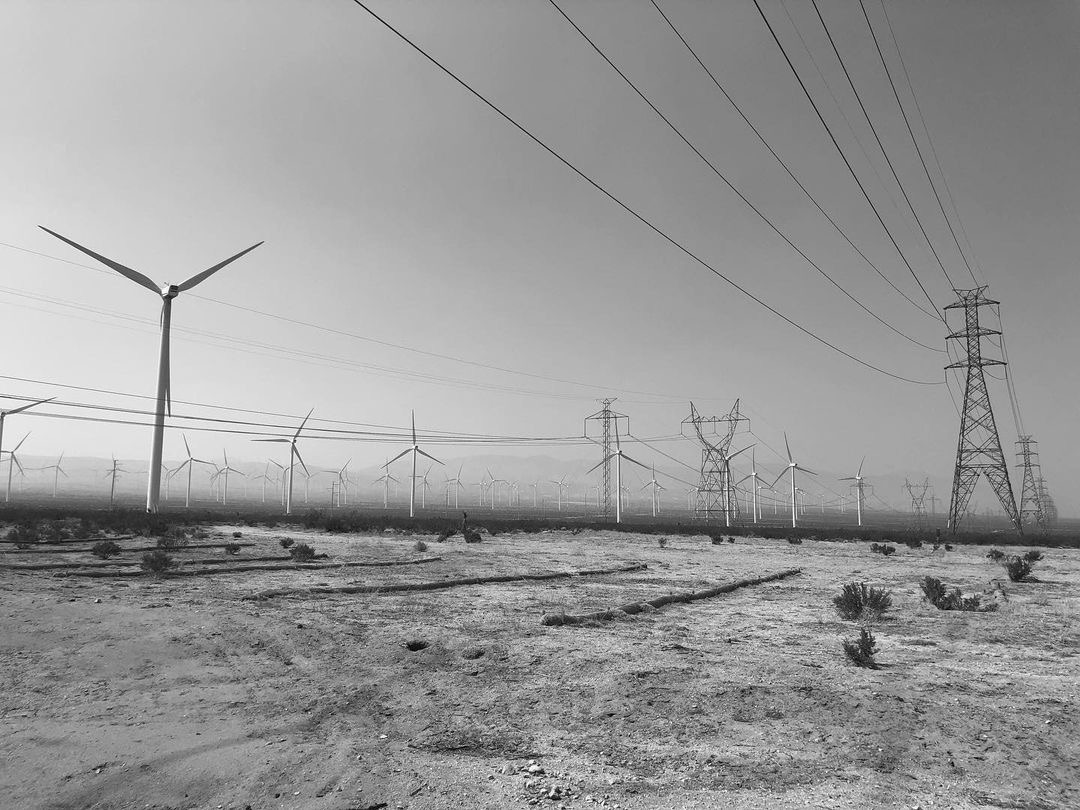
Michele Guieu (Sunnyvale, California, US)
Instagram: @micheleguieu
Paradox
Mojave, Mojave Desert, California, 2021.
I just came back from the Mojave Desert. I spent time there during the last years, and I witnessed the rapidity of the development of windmills and solar farms. There is no way around transitioning to renewable energy, but how can it be done with a minimal impact on those rich, fragile, and unique ecosystems?
“Wind energy is the leading renewable technology towards achieving climate goals, yet biodiversity trade-offs via land take are emerging. Thus, we are facing the paradox of impacting on biodiversity to combat climate change.”
Vassiliki Kati, Christina Kassara, Zoi Vrontisi, Aristides Moustakas in “The biodiversity-wind energy-land use nexus in a global biodiversity hotspot” [Scientific paper]
“Most of California’s renewable energy comes from utility scale solar energy and large wind farms in the Mojave and Sonoran Deserts, which are regions recognized as having exceptional solar insolation and wind resource values. However, California’s deserts are also one of the last great wilderness areas within the contiguous United States, containing thousands of square kilometers of intact, relatively undisturbed desert habitat. The desert southwest has been designated as a “hotspot” of endemism and endangered and threatened species occurrences, and desert systems are fragile and slow to recover once disturbed, due to their arid climate, delicate soils, and slow pace of ecological succession.”
Sophie S. Parker, Brian S. Cohen, James Moore in “Impact of solar and wind development on conservation values in the Mojave Desert” [scientific paper – journals.plos.org]
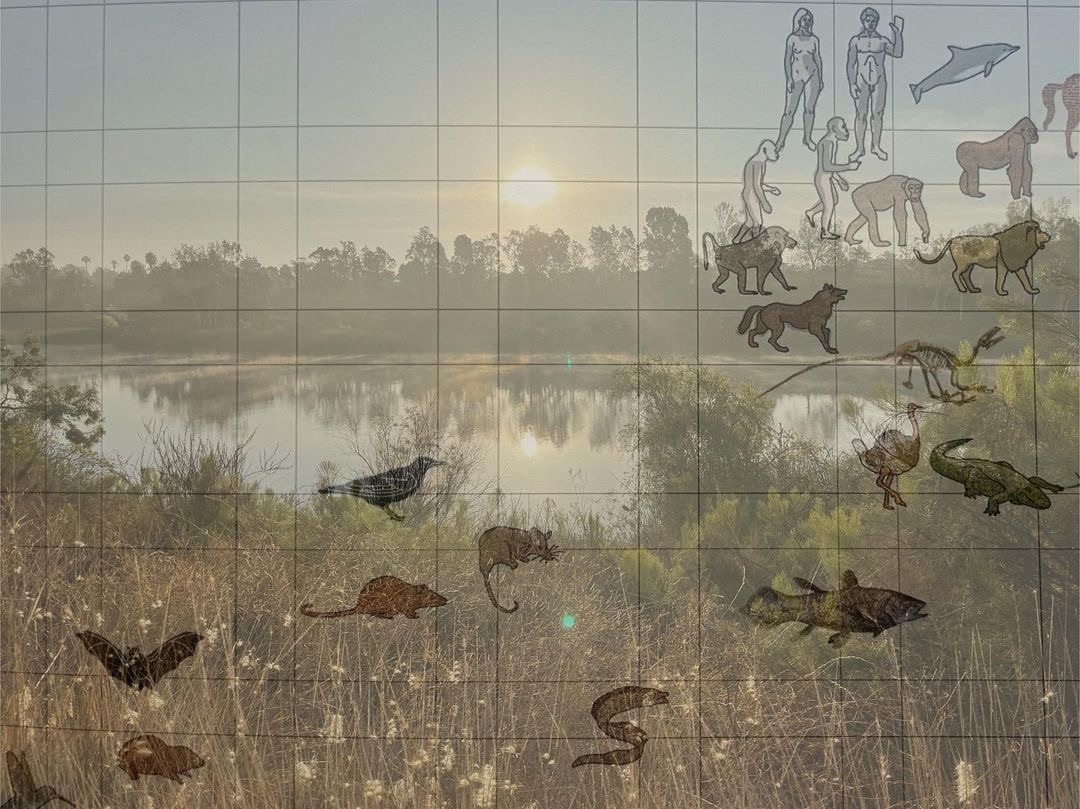
Kirsten Aaboe (San Diego, California, US)
Instagram @kitaaboe
We Are Part of the Earth?
Multimedia: photographs photoshopped digitally
Those opposable thumbs, relatively big brains, and hairless vulnerability have produced a voracious predator, wreaking havoc on the intricate, interwoven, exquisitely interlaced web of the natural world, formerly untrammeled by human boots. This blind egoism is unsustainable and will drive itself into the ground – literally.
The piece is a visualization of the phasing out of humans, along with only some of the other affected animals. The earth will survive and will regenerate since life springs from cracks in the concrete.
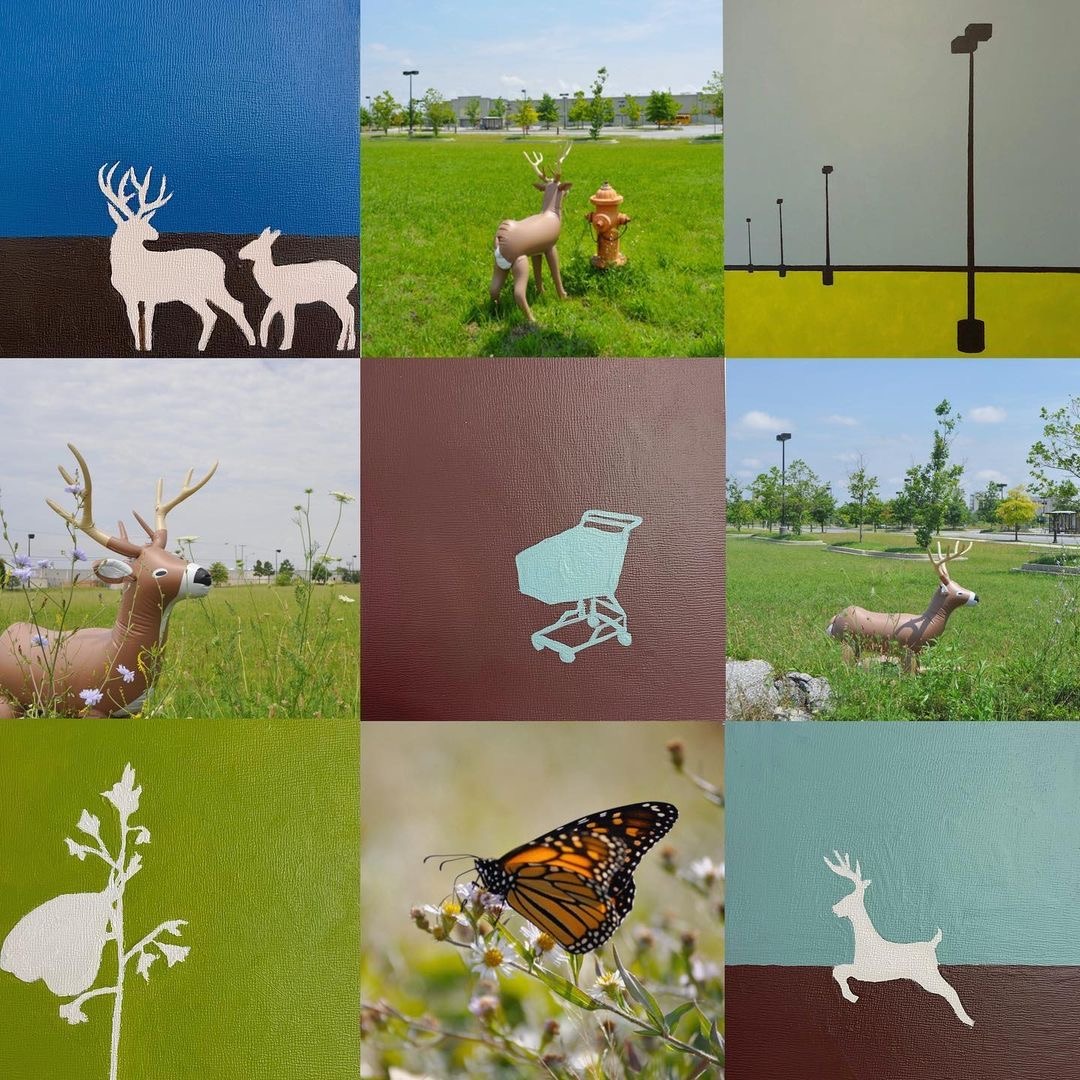
Eileen Wold (Seattle, Washington, US)
Instagram @eileentwold
Accidental Meadow project
Accidental Meadow project looks at temporary ecologies as land is developed, abandoned, and cleared. Examining what is left behind and what biodiversity is missing. This body of work consists of photographs and paintings that explore the natural cycles of temporary ecologies such as meadows as well as the liminal spaces that humans create in the natural world.
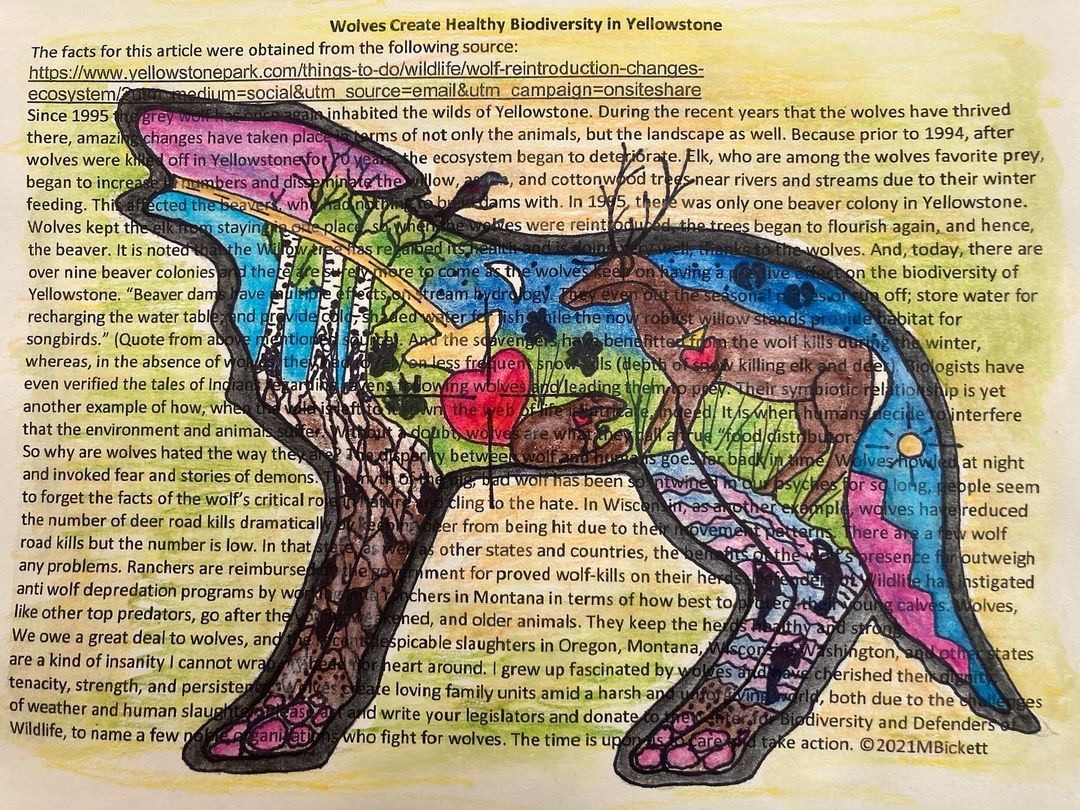
Marianne Bickett (Oregon, US)
Instagram: @mariannebickett
Wolves and Biodiversity: Caught in the Crosshairs
Pencil, marker, watercolor pencil on 8.5×11″ printed and colored sheet with wolf biodiversity information,
2021.
Science has proven wolves are keystone animals who foster biodiversity, such as the case in Yellowstone that is being carefully documented and studied. When wolves were reintroduced to Yellowstone after 70 years of absence, the tree, beaver, elk, bird, and fish populations were restored to a healthy balance and began to thrive. Wolves keep so many systems in balance. So why are wolves still perceived as enemies? This past year wolves have been and are slated for massive slaughter in several states.
Support @centerforbiodiv and @defendersofwildlife efforts to halt this insanity.
We should be thanking the wolves, not killing them.
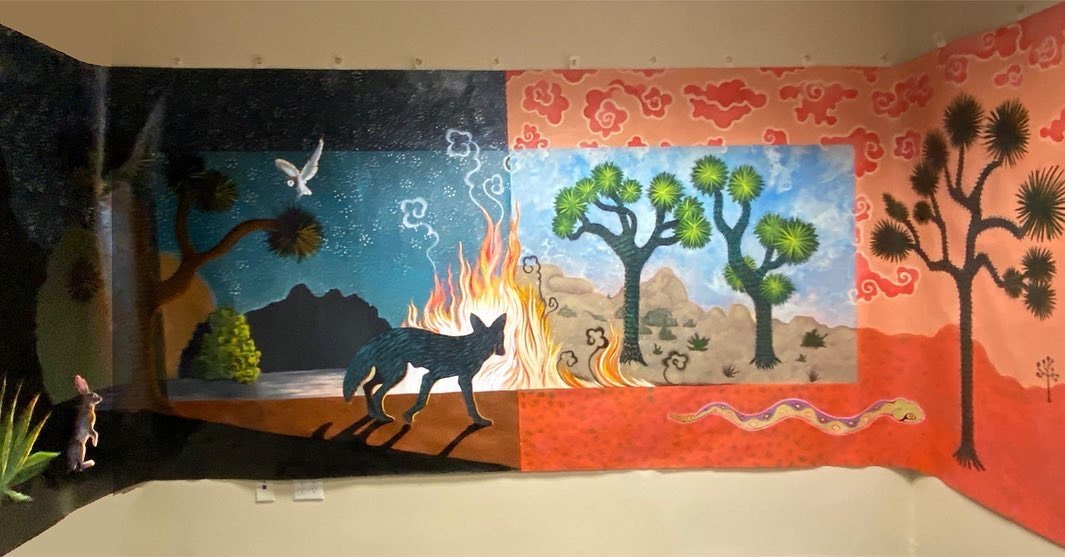
Sarah Stone (Torrance, California, US)
Instagram: @sarahstoneart
Desert Fire
16.5’ long x 5’ H,
acrylic on polytab.
I created this mural as a memorial to the Joshua Tree forest fire in the Mojave, August 2020, almost exactly a year ago. That fire, destroyed approximately 1.3 million Joshua Trees and many other species in an already fragile habitat. Read about this mural on my blog.
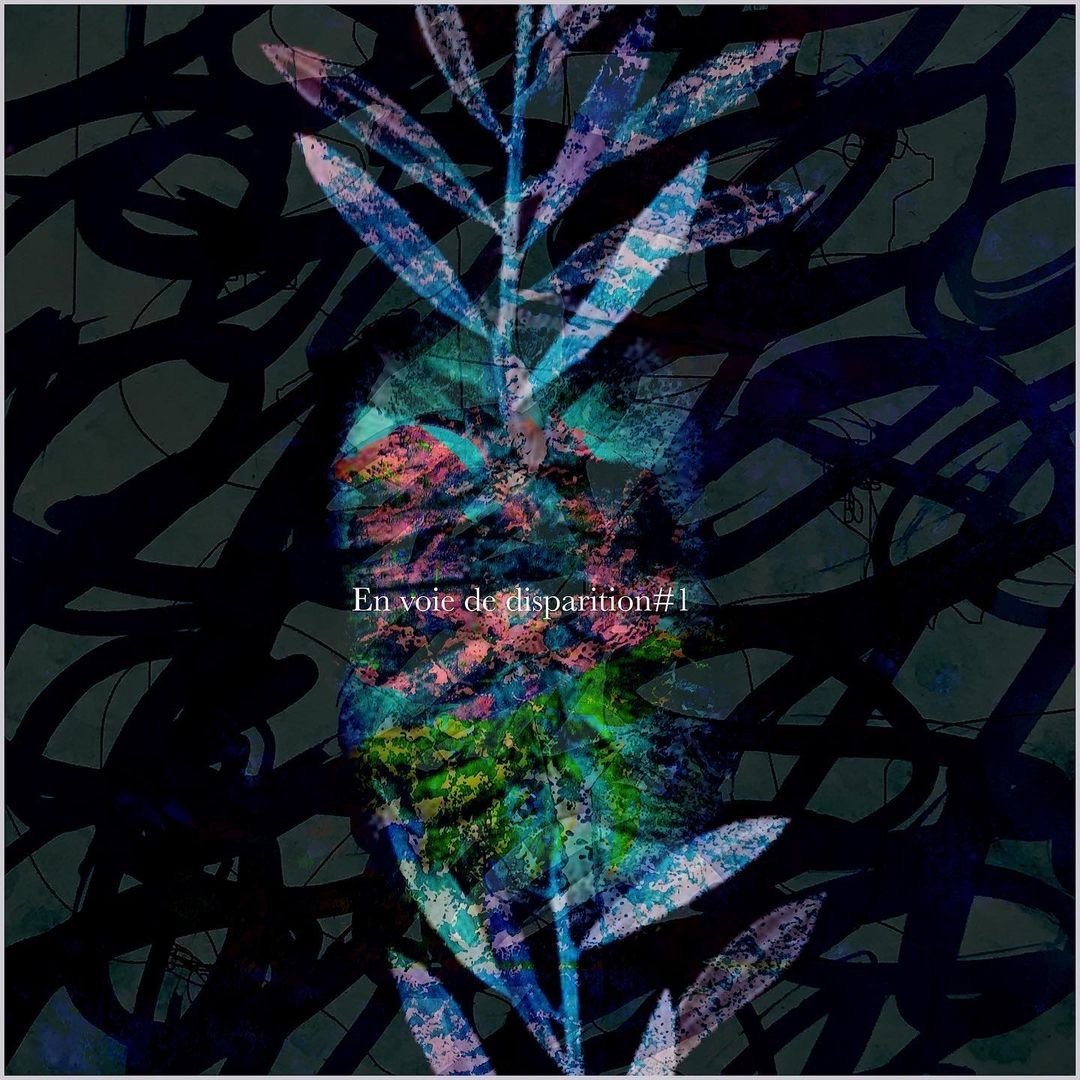
Pascal Ken (Saint-Brévin-Les-Pins, France)
Instagram: @pascalken
En voie de disparition 1
Endangered 1
20x20cm mixed media photography Acrylic calligraphy
Illustration from NY Public Library digital collections
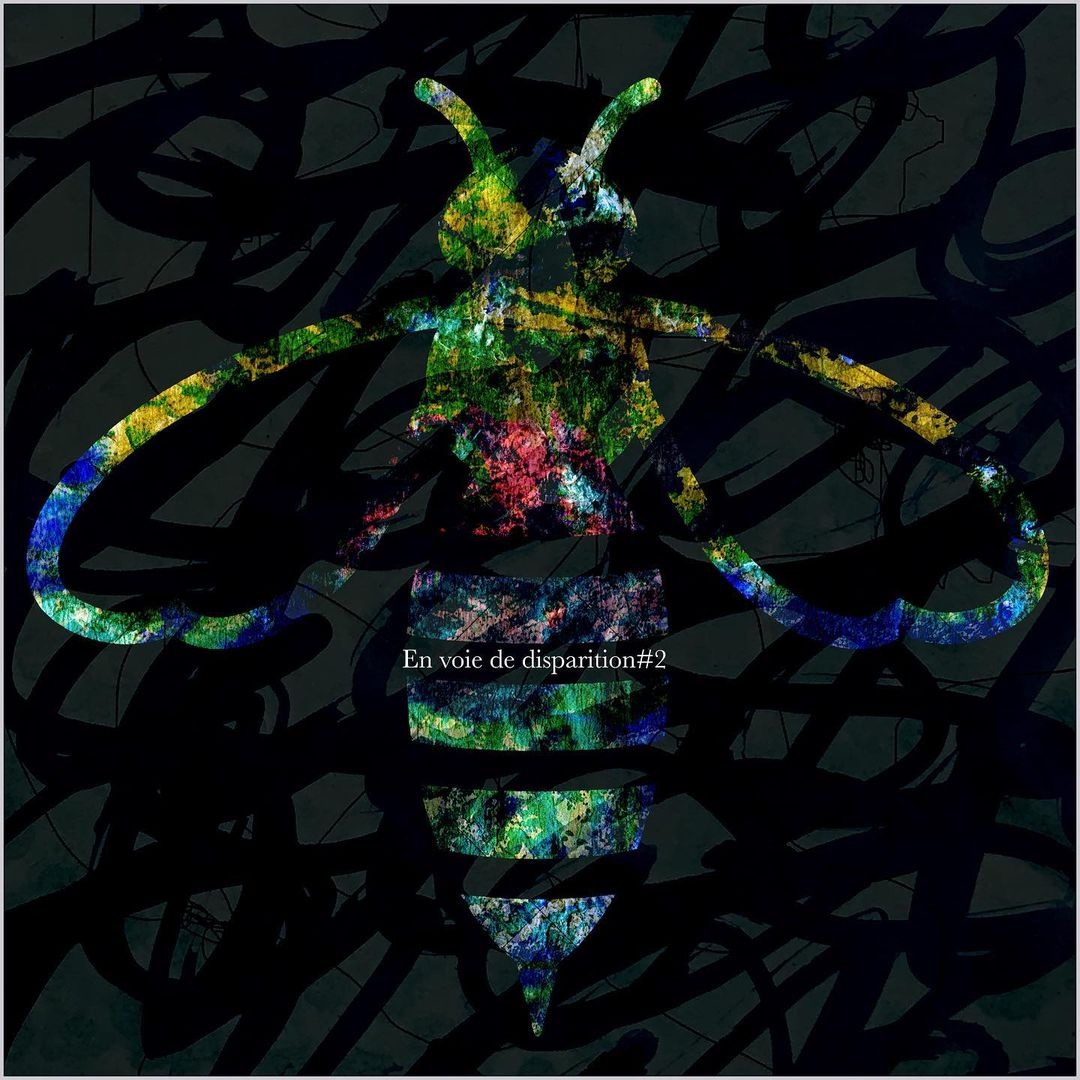
Pascal Ken (Saint-Brévin-Les-Pins, France)
Instagram: @pascalken
En voie de disparition 2 “Queen Bees”
Endangered 2
20x20cm mixed media photography Acrylic calligraphy
Illustration from NY Public Library digital collections
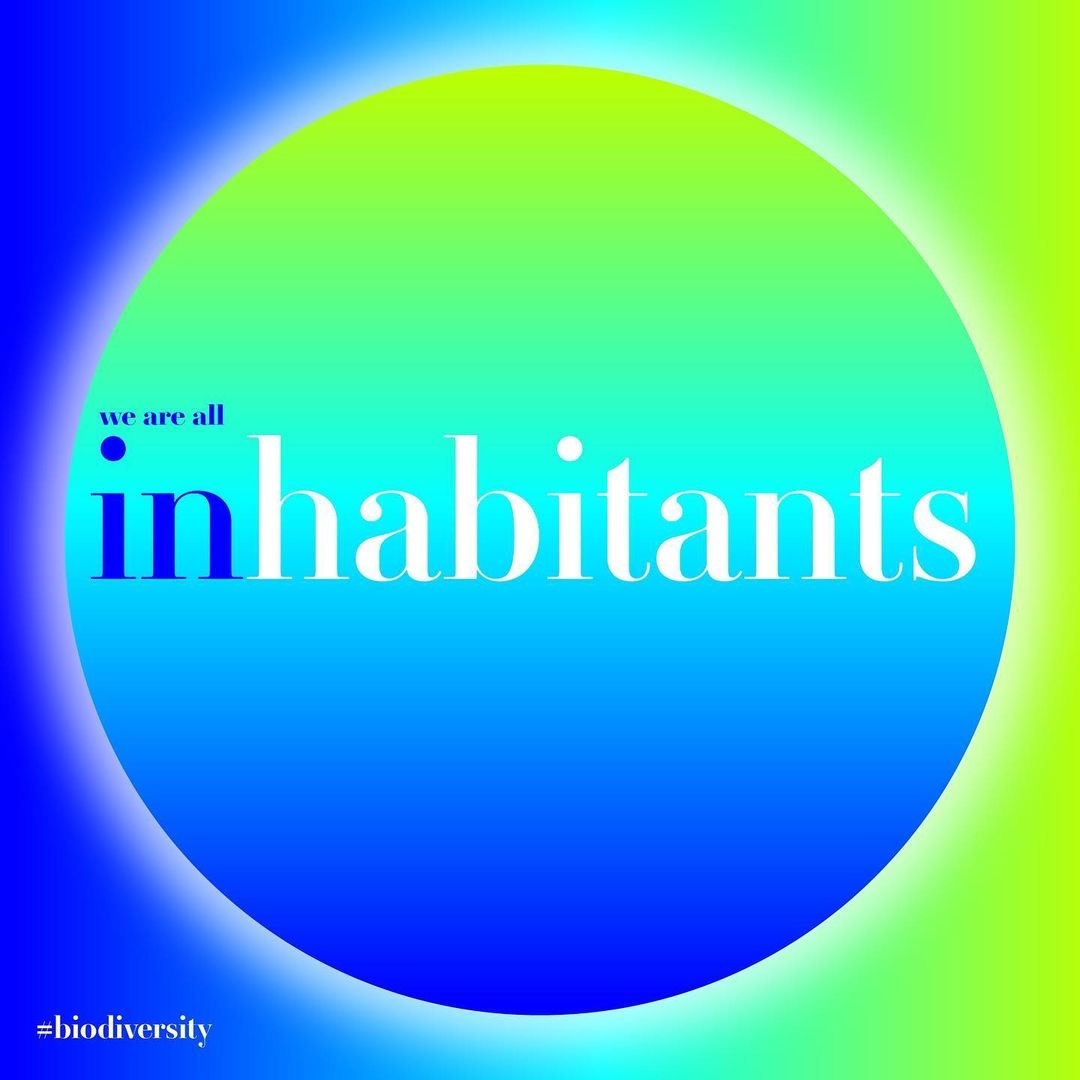
Claude Benzrihem (Paris, France)
Instagram @cbdesign.paris
We are all INhabitants!
Tous dans le même bain!
Digital Manipulation
What’s Next For Earth is an art project created by Michele Guieu, eco-artist, and MAHB Arts Coordinator, to reflect on the climate emergency, the human predicament and envision a desirable future. The project is supported by the MAHB. If you have any questions, please send a message to michele@mahbonline.org.
Thank you ~

